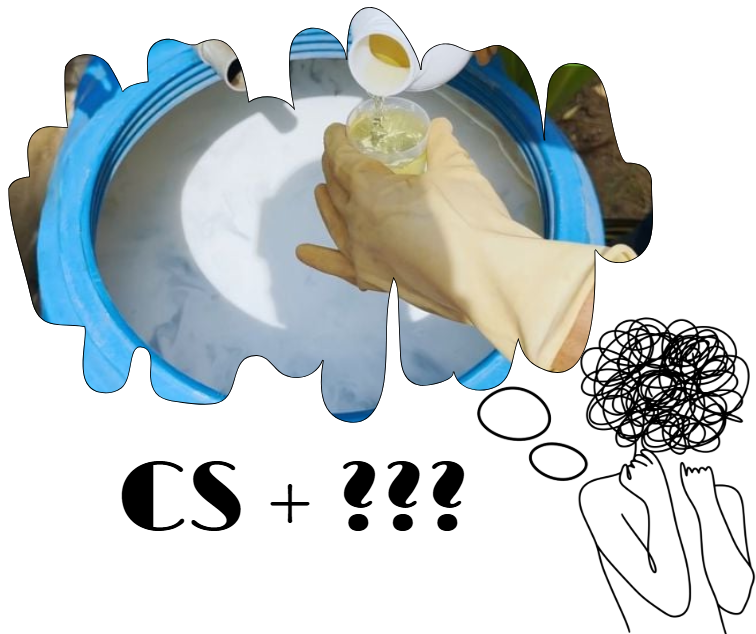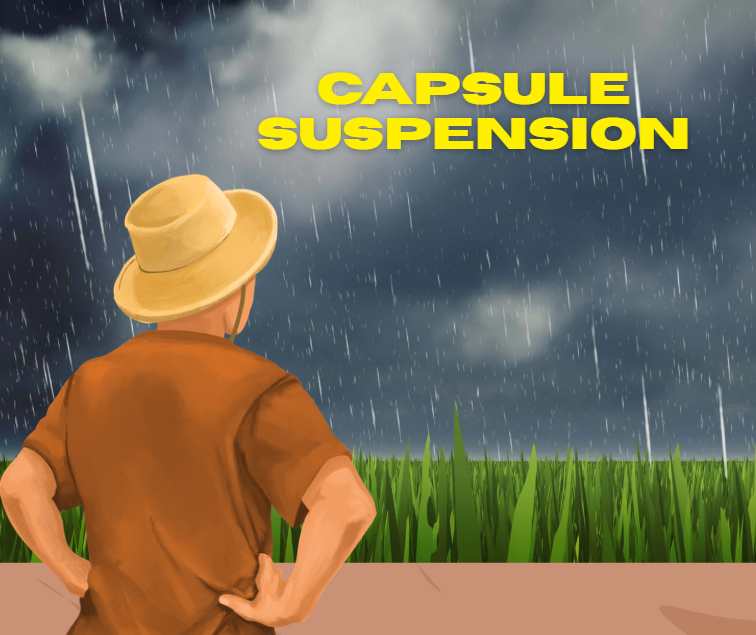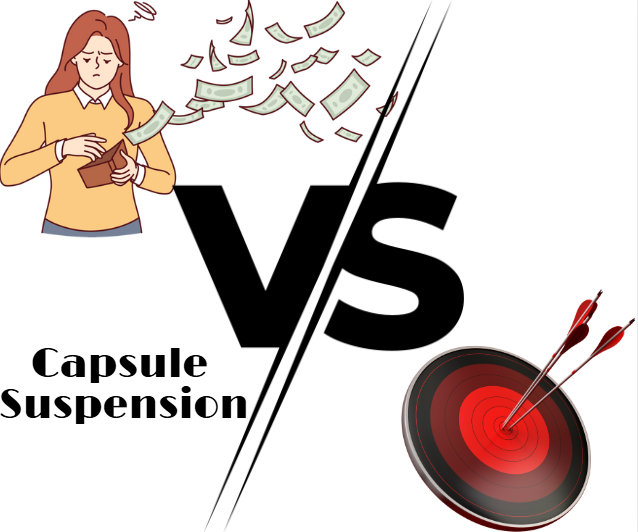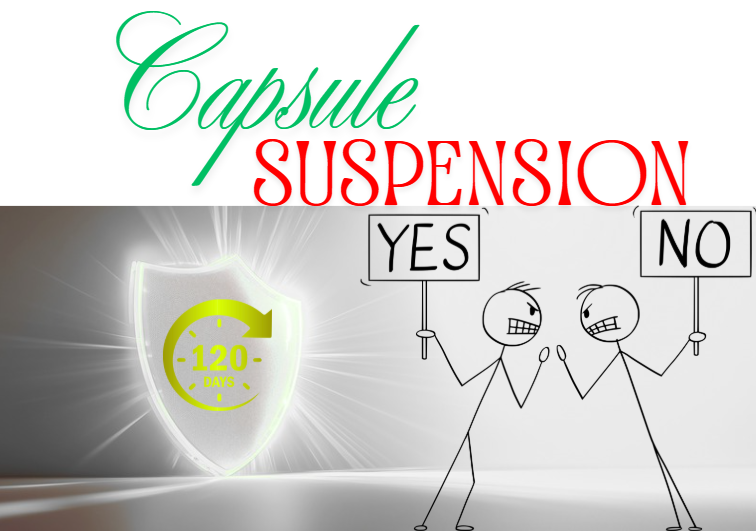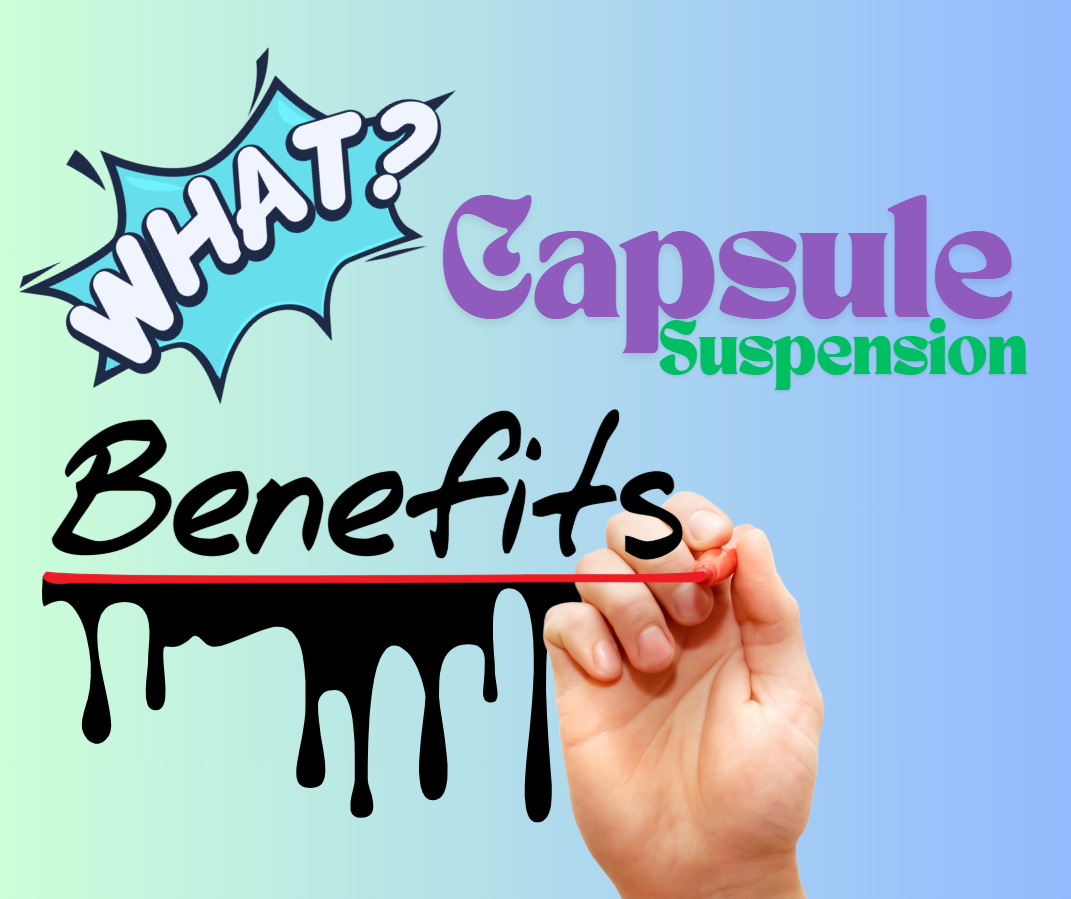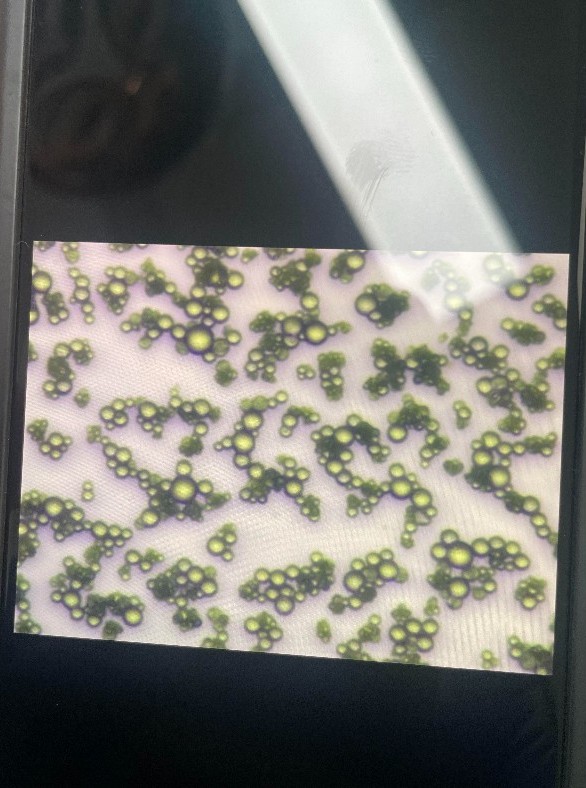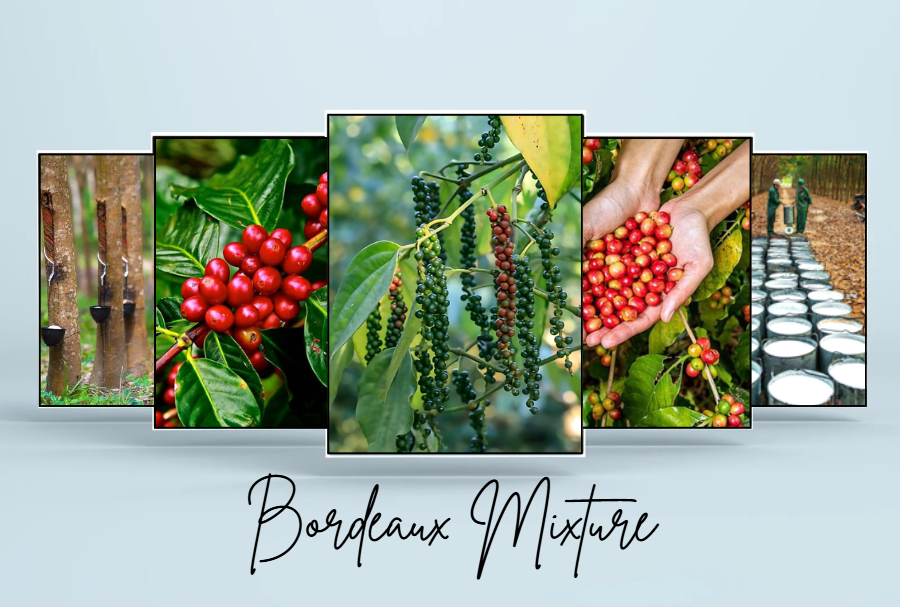In practice, many farmers often mix several products into one spray tank—pesticides, foliar fertilizers, bio-products, and mineral oils—to save labor and time. However, when using microencapsulated formulations (CS – Capsule Suspension), mixing is not as straightforward as with EC, SC, or WP formulations.
So, can CS formulations be mixed? If yes, how should they be mixed without damaging the capsules, reducing effectiveness, or even causing phytotoxicity (leaf burn)? Let’s break it down.
Read More